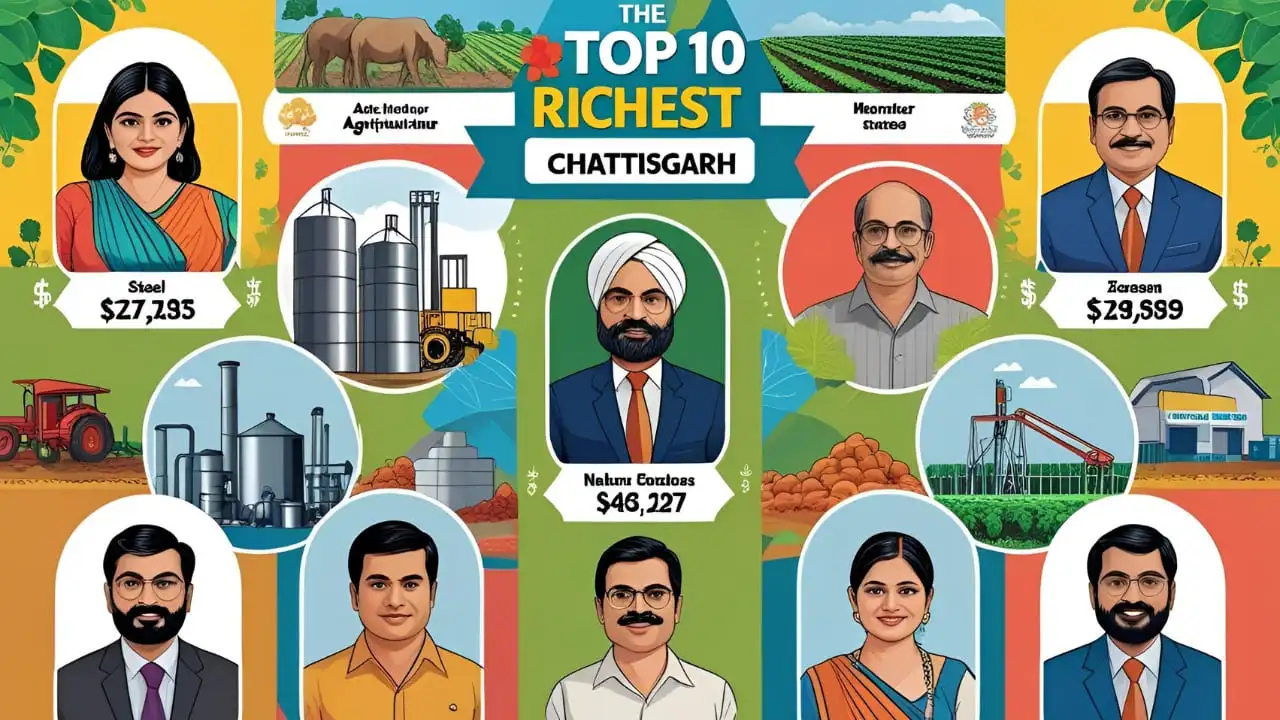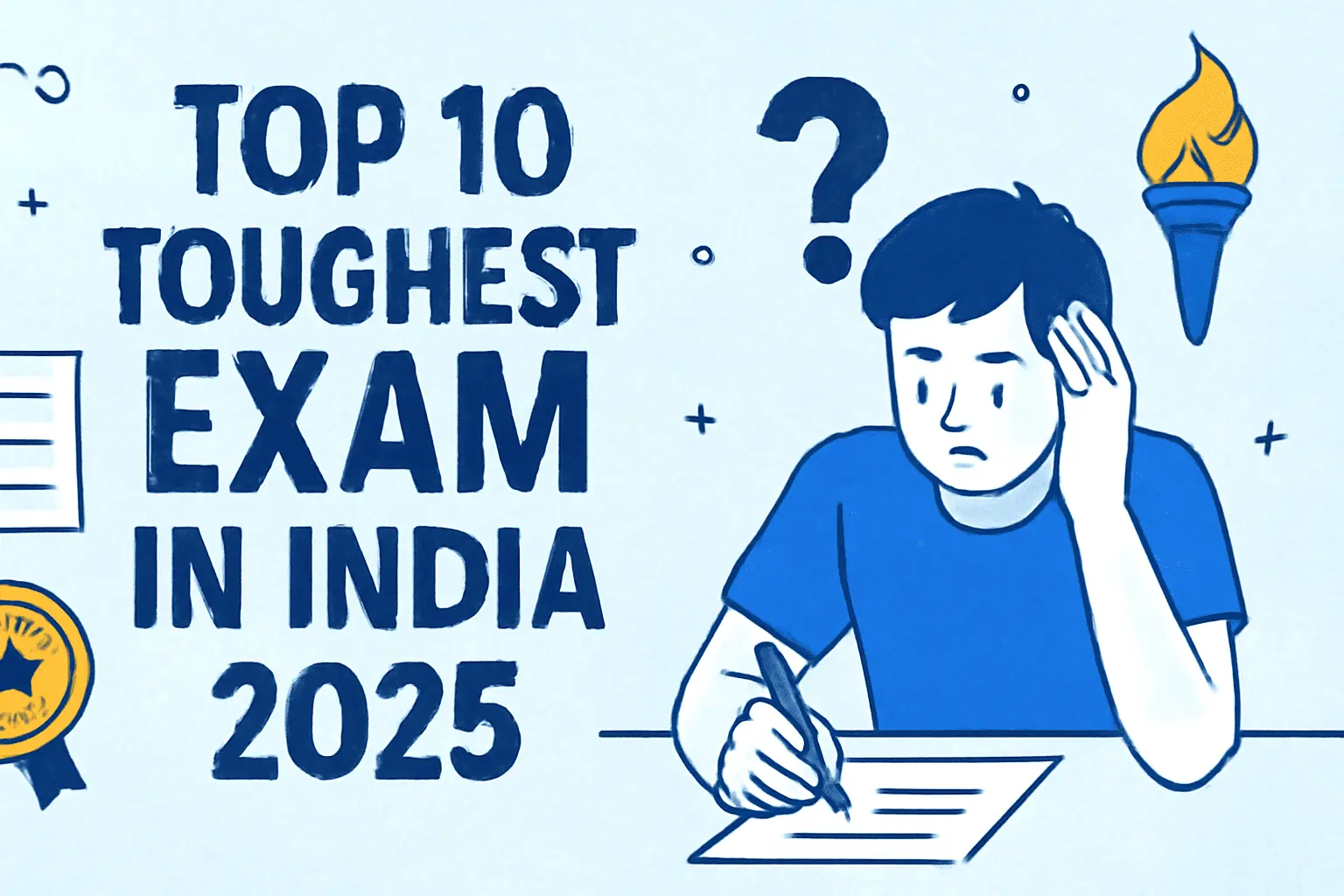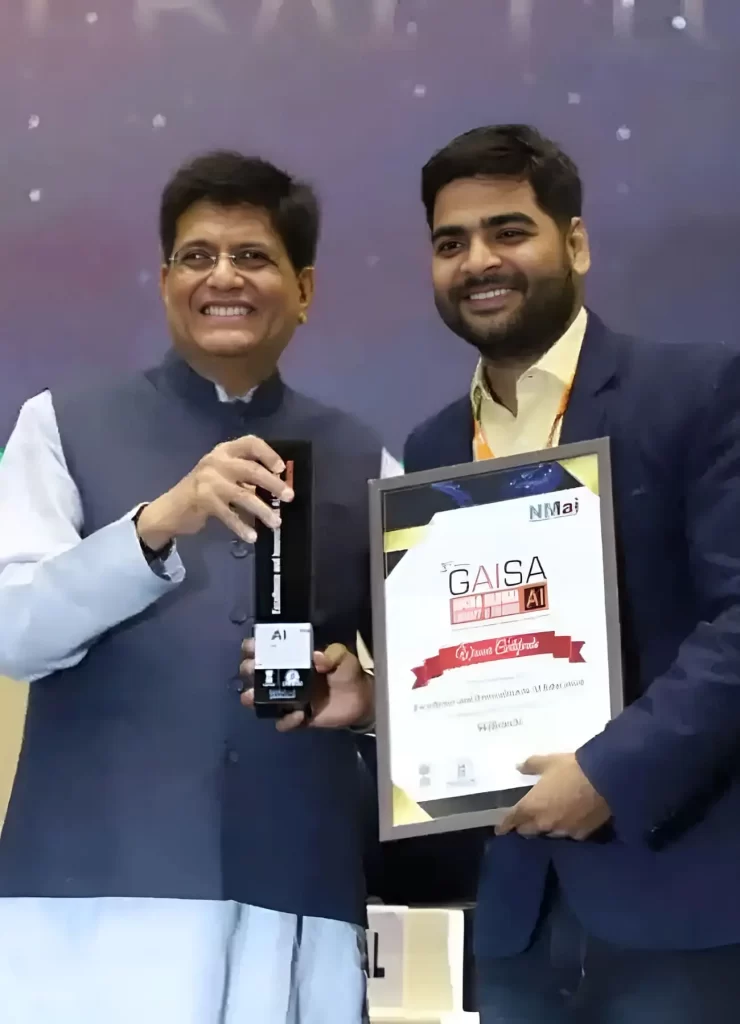
Marketing Strategy of Maruti Suzuki: A Comprehensive Case Study
In this blog, we will learn about the marketing strategy of Maruti Suzuki and its case study of Maruti Suzuki. I know you are excited to learn more about this famous company, which has been leading the automobile industry in India for many years.
Undoubtedly Maruti Suzuki is the one Indian Automaker that has been a favourite in every Indian household. Through the company’s commitment to cost-effectiveness and quality, the company has continued to keep its position in the market through the focus on its long-term goals. The Marketing strategy of Maruti Suzuki has been a key factor in its success in the Indian automotive industry thanks to efficiency in operations and money-saving marketing matters.
Company Overview
Established in 1981 as a partnership between the Government of India and Suzuki Motor Corporation of Japan, Maruti Suzuki transformed India’s automotive landscape by releasing the first Maruti 800 in 1983. Currently, Maruti Suzuki leads the Indian car market, with a share of more than 44%, and the production plants in Gurgaon, Manesar, and Gujarat have the aggregate capacity to produce over 2.25 million vehicles a year.
Tired of not getting a JOB?
Diploma Course in Digital Marketing
With 100% Job Guarantee
Learn effective marketing strategies & maximize your income.
Marketing Strategy of Maruti Suzuki in Just 6 Steps
1. Segmentation, Targeting, and Positioning (STP)
- Segmentation: To segment the market, Maruti Suzuki takes into consideration customer’s income, demographic and lifestyle differences. Cars such as Alto and Wagon R are aimed at the middle class who are conscious of the price at the low end, but higher-end Nexa models like Baleno and Ciaz fish in the premium pond.
- Targeting: The pertinent company has chosen a 22-60-year-old customer base which includes the first-time buyers and those upgrading from two-wheelers, as well as the families in need of affordable and low-maintenance cars.
- Positioning: Maruti Suzuki portrays itself as a “value-for-money” brand that has the capacity to provide India’s consumers with reliable, fuel-efficient, and cost-effective vehicles that cater to their demand.
2. Product Strategy
- Maruti Suzuki Arena: This division offers budget-friendly cars with a focus on mass-market consumers.
- Nexa: Catering to the premium segment, Nexa offers feature-rich models that provide a luxurious experience.
3. Maruti Suzuki Pricing Strategy
Maruti Suzuki has implemented a competitive pricing strategy to create a wider consumer base by producing accessible cars and to beat its competitors. The Maruti Suzuki pricing strategy is the best move in the marketing strategy of Maruti Suzuki. The firm utilizes a penetration pricing model to pull in prospective buyers who are buying a car for the first time, and at the same time, it makes it cheaper to purchase a car by paying a low initial cost and the maintenance cost being minimized.
- Finance and Exchange Offers: Maruti Suzuki provides various finance schemes and exchange offers that aim at making car ownership more possible and cheaper for Indian buyers.
Indeed, not all Indian residents have enough cash on hand to buy a vehicle without financial assistance. Consequently, Maruti Suzuki pricing strategy to offer easy and fast financing at the lowest interest rates is an excellent way to boost car sales and generate more revenue for the company.

4. Promotional Strategy
- Television and Print Advertising: Indian people find campaigns like “Kitna Deti Hai” and “Petrol Khatam Nahi Hota” fascinating because they teach them how to save fuel and make it affordable.
- Social Media Presence: Maruti Suzuki is quite active on social media platforms like Facebook, Instagram, and Twitter. They use them to publish engaging content, share customer success stories, and market their promotional campaigns.
- Influencer Marekting: We can see the major role that influencer marketing has as a driver of the company’s growth from this and similar projects like Ranveer Singh: Next and Varun Dhawan: Arena, among others.
5. Distribution Strategy
- Online Booking System: Maruti Suzuki was first-ever car constructor to bring online booking and e-commerce platforms that brought an opportunity for people to reserve cars from their residences.
6. Digital and SEO Strategies
- SEO Performance: Maruti Suzuki has more than 30,000 organic keywords and a monthly website traffic of more than 30 lakhs.
- Content Marketing: The company is committed to investing in high-quality blog posts, video content, and educational resources to offer the best to potential buyers and also to enhance the search engine rankings.

Maruti Suzuki Case Study: Key Campaigns and Success Stories
1. Kitna Deti Hai?
2. Tarakki Apki, Saath Humara
3. Monsoon Care Campaign
Maruti Suzuki’s E-commerce and Mobile App Strategies
Maruti Suzuki’s Influencer Marketing and Sponsorships
Key Lessons from the Marketing Strategy of Maruti Suzuki
- Customer-Centric Approach: The brand’s segmentation, targeting, and positioning competences, are the main reason the company can satisfy the multiplicity in the customer needs.
- Innovative Campaigns: Maruti Suzuki marketing strategy grew out of the practical and emotional aspects of Indian consumers.
- Strong Digital Presence: The brand has been keeping the first place in online sales with their SEO, content marketing, and influencer collaborations and this is the biggest role of Maruti Suzuki marketing strategy.













